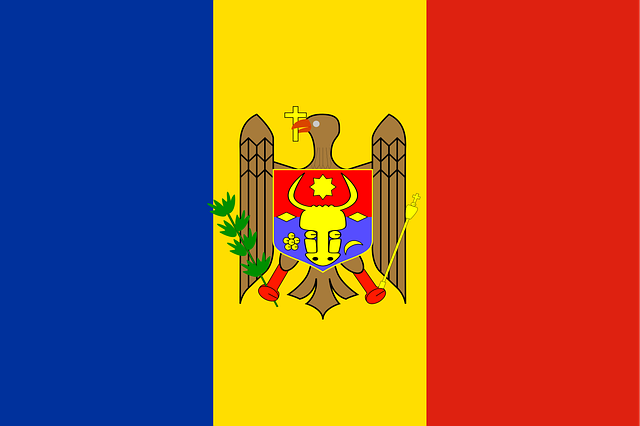By Tim Lambert
Early Moldova
About 4,800 BC, the Cucuteni-Trypillia culture emerged in what is now Moldova. The people were Stone Age farmers, and they created large settlements. Their craftsmen made pottery. This culture flourished until about 3,000 BC. Later, the people of Moldova learned to use Bronze and then iron.
In 168 BC, the Dacian kingdom was established. It included Romania and southern Moldova. The Romans conquered Dacia in 106 BC; however, most of modern-day Moldova remained outside their rule.
However, in the following centuries, Moldova was repeatedly conquered by other peoples, including the Huns and, in the 13th century, the Mongols.
However, a new state emerged in the 14th century. It was called the Principality of Moldavia. Its greatest ruler was Stephen the Great (1457–1504), who defeated a Hungarian invasion and a Polish invasion and fought against the Turks. However, in 1538, Moldavia became a vassal of the Ottoman Empire.
In 1812, the Russians conquered most of what is now the Republic of Moldova. They called the region Bessarabia. However, in 1918, following the Russian Revolution, Moldova declared independence. However, the same year, it became part of Romania.
Modern Moldova
However, the Russians refused to accept the loss of Bessarabia. In 1940, they forced Romania to cede the land to them. In 1941, Romania joined the German invasion of Russia and took Bessarabia. However, in 1944, Romania surrendered, and the Russians annexed Bessarabia. It became the Moldavian S.S.R.
The Soviet Union collapsed in 1991, and Moldavia became independent. It changed its name to Moldova. In 2014, Moldova signed an association agreement with the EU.
Today, Moldova is poor compared to other European countries, but it has a rich culture. Moldova is known for its wine. In 2025, the population of Moldova was 2.4 million.

Last Revised 2025